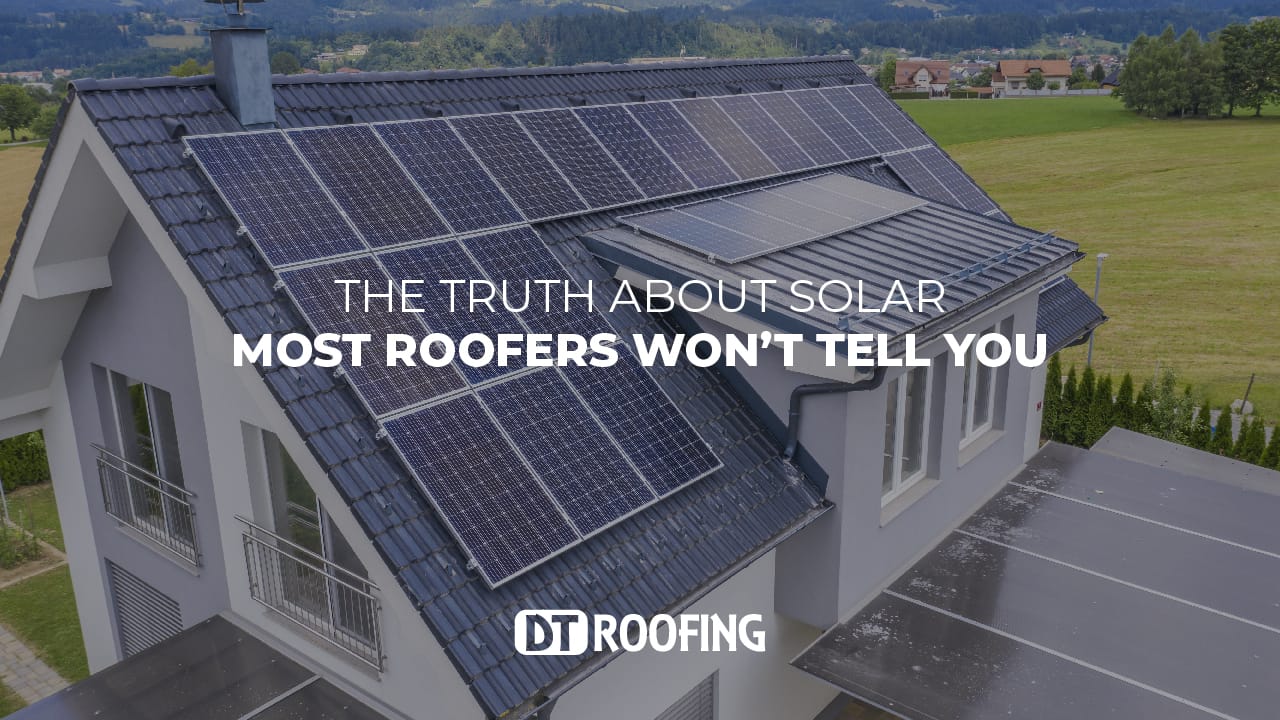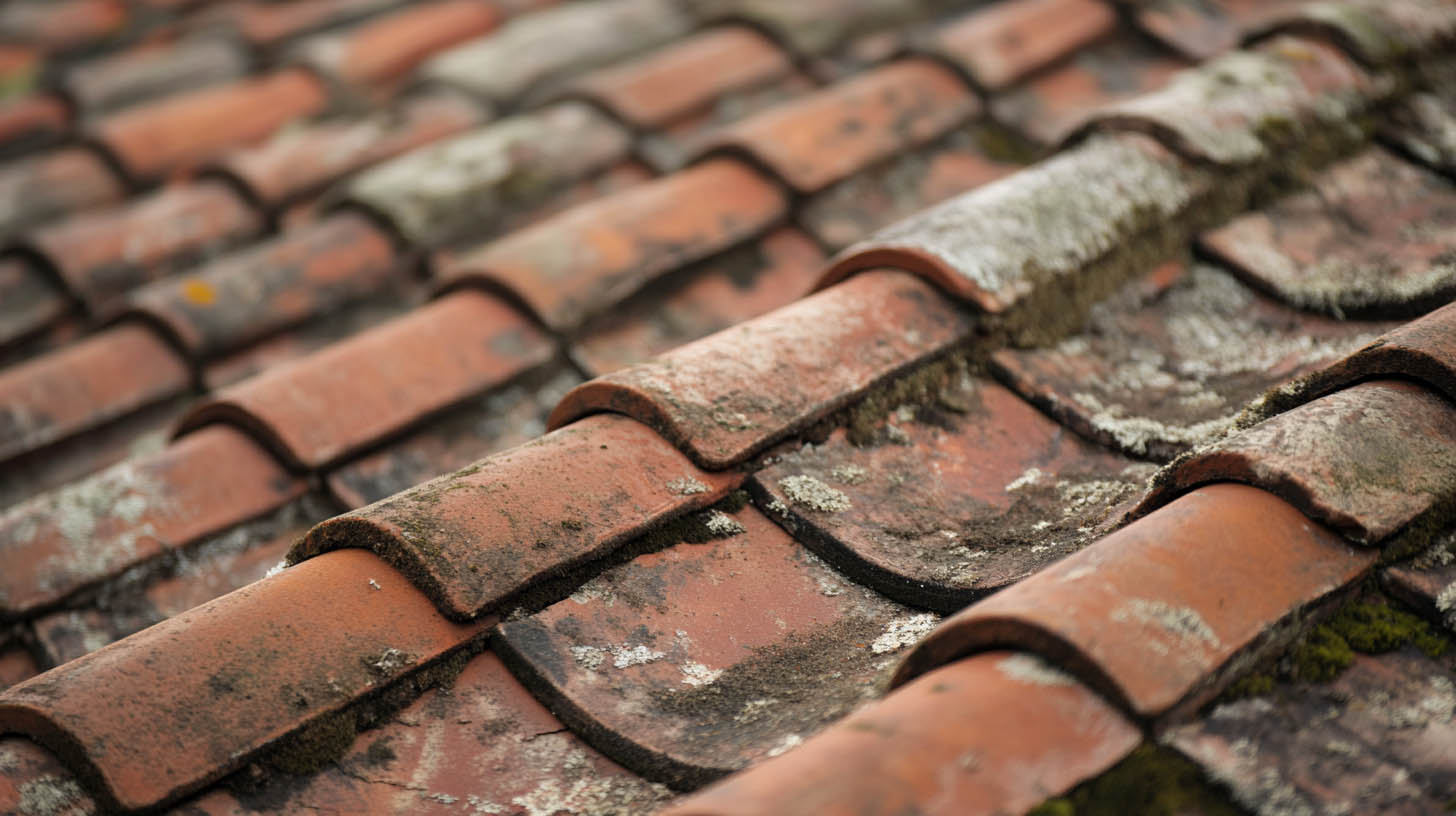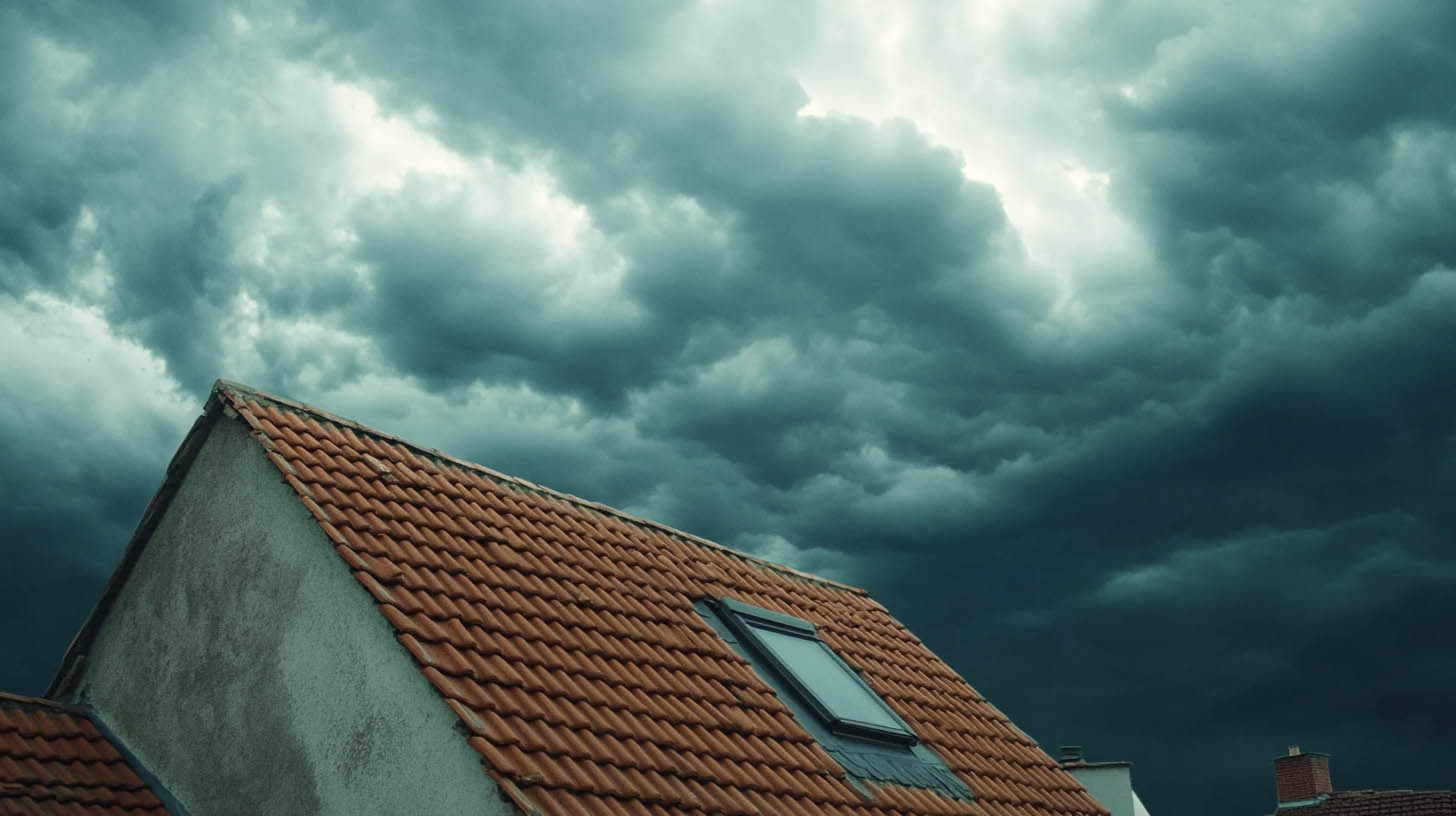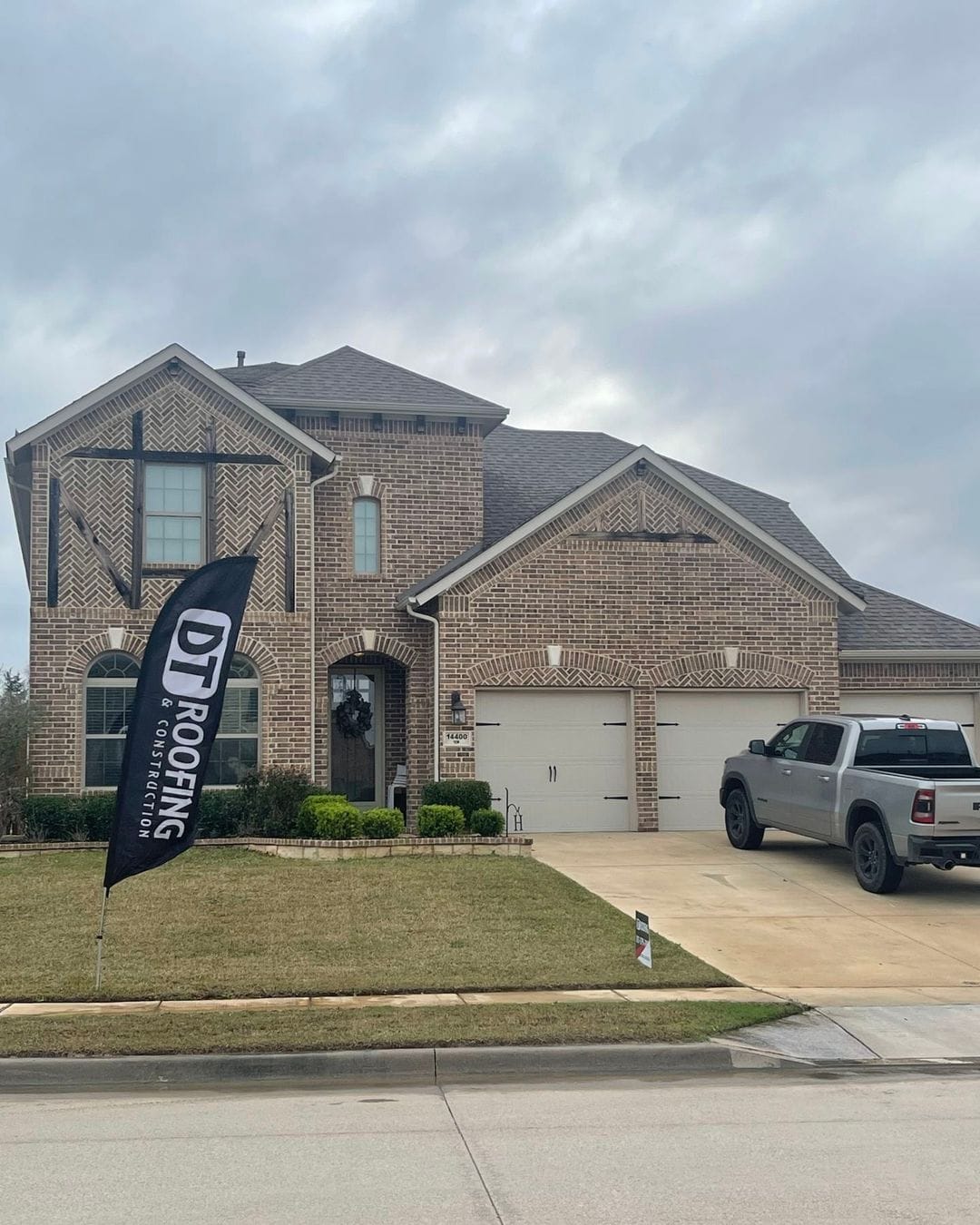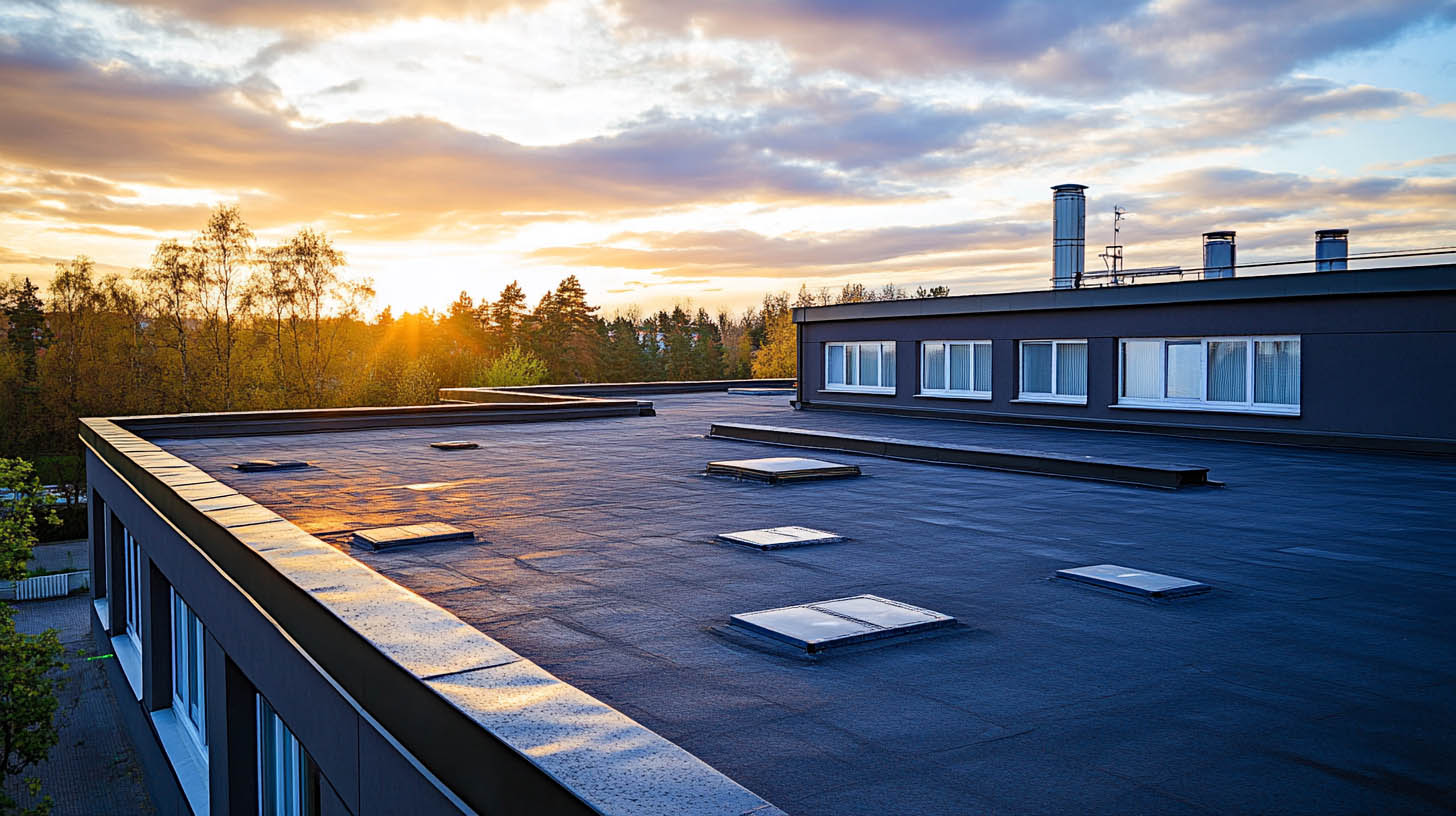
Flat Roof Systems Explained Simply
Flat roofs are a popular choice for commercial buildings, modern homes, and multi-use spaces—and for good reason. They offer sleek aesthetics, space efficiency, and ease of access. But not all flat roofs are the same, and understanding the different systems available can help you make better decisions for your property.
At DT Roofing, we’ve installed, repaired, and replaced countless flat roof systems across Stephenville, TX. Whether you’re a homeowner curious about your options or a business owner in need of a new installation, this guide will simplify flat roof systems so you know what’s best for your building.
What Is a Flat Roof, Really?
Despite the name, a flat roof isn’t completely flat. It typically has a slight slope (called a pitch) to allow for proper water drainage. A perfectly flat surface would cause water to pool, which leads to leaks, rot, and structural damage. Flat roofs usually have a pitch of about ¼ inch per foot to move water toward internal drains or scuppers.
They’re commonly used for:
- Commercial buildings
- Warehouses and offices
- Multifamily housing units
- Modern-style residential homes
- Rooftop patios or green spaces
Main Types of Flat Roof Systems
1. Built-Up Roofing (BUR)
One of the oldest and most reliable flat roofing systems, BUR consists of multiple layers (plies) of roofing felt, alternating with asphalt or bitumen, and topped with gravel.
Pros:
- Excellent waterproofing
- Proven performance over decades
- Great protection against UV and foot traffic
Cons:
- Heavier than other systems
- Can be messy and time-consuming to install
- Not eco-friendly due to use of petroleum products
BUR is often used in commercial applications where longevity and durability are key.
2. Modified Bitumen Roofing
A modern evolution of BUR, modified bitumen combines asphalt with rubber or plastic polymers to enhance flexibility and strength. It’s applied in rolls and often heat-welded, torch-applied, or cold-adhered.
Pros:
- Strong against tears and punctures
- Relatively easy to install and repair
- Can be installed with reflective coatings
Cons:
- May require open flames during installation
- Can be prone to pooling if not sloped properly
This system is popular for small businesses or flat residential rooftops in Stephenville.
3. EPDM (Ethylene Propylene Diene Monomer)
EPDM is a synthetic rubber roofing membrane, black in color, and typically installed in large sheets.
Pros:
- Lightweight and flexible
- Great resistance to weather and UV
- Low maintenance and long lifespan (20+ years)
Cons:
- Black color absorbs heat
- Vulnerable to punctures from sharp objects
- Can shrink over time if improperly installed
EPDM is a favorite for both commercial buildings and modern homes due to its simplicity and durability.
4. TPO (Thermoplastic Polyolefin)
TPO roofing is one of the most popular choices in Texas. It’s a single-ply white membrane that reflects UV rays, making it highly energy-efficient.
Pros:
- Reflective surface lowers cooling costs
- Strong seams and good flexibility
- Resistant to mold, dirt, and punctures
Cons:
- Quality varies between manufacturers
- Improper installation can lead to seam failure
We recommend high-performance brands like Owens Corning, which offer consistent material quality and long-lasting results.
5. PVC (Polyvinyl Chloride)
PVC roofing is similar to TPO but typically more durable and chemical-resistant, making it ideal for restaurants or industrial facilities with grease or chemical exposure.
Pros:
- Strong heat-welded seams
- UV and fire resistant
- Long lifespan (up to 30 years)
Cons:
- Higher upfront cost
- Can become brittle over time if not maintained
PVC is often used in commercial kitchens, factories, and flat-roofed office buildings.
Common Problems with Flat Roofs
Regardless of the system, flat roofs can develop issues over time if not maintained properly:
- Pooling water
- Membrane punctures
- Shrinkage or cracking
- Debris accumulation
- UV damage or blistering
Routine inspections are key to catching issues early and extending your roof’s life.
Maintenance Tips for Flat Roof Systems
- Inspect twice a year – Spring and fall are ideal times to catch damage caused by storms or seasonal changes.
- Keep it clean – Remove leaves, twigs, and dirt to avoid clogged drains and pooling.
- Check for ponding – If water sits longer than 48 hours, it’s time to assess your drainage.
- Seal seams and flashing – Ensure there are no cracks or peeling at seams, vents, or walls.
- Work with a pro – Flat roofs need specialized care. Always hire experienced professionals like DT Roofing for inspections and repairs.
Why Flat Roofs Are a Smart Choice
Flat roofs offer unique advantages:
- Additional usable space (rooftop gardens, HVAC, patios)
- Easy access for maintenance
- Cost-effective for large buildings
- Modern, minimalist design appeal
In Stephenville, TX, flat roofs are especially effective for commercial buildings, where efficient design and utility matter just as much as curb appeal.
Flat Roof Expertise You Can Trust
At DT Roofing, we help property owners across Stephenville choose, install, and maintain the right flat roofing systems for their needs. Our team is trained in multiple flat roofing technologies and stays updated on the latest material innovations to ensure every roof we build stands the test of time—and Texas weather.
Whether you’re dealing with drainage issues, membrane deterioration, or simply need a roof inspection, we’re here to help.
Read also our blog: Warning Signs Your Roof May Be Failing

